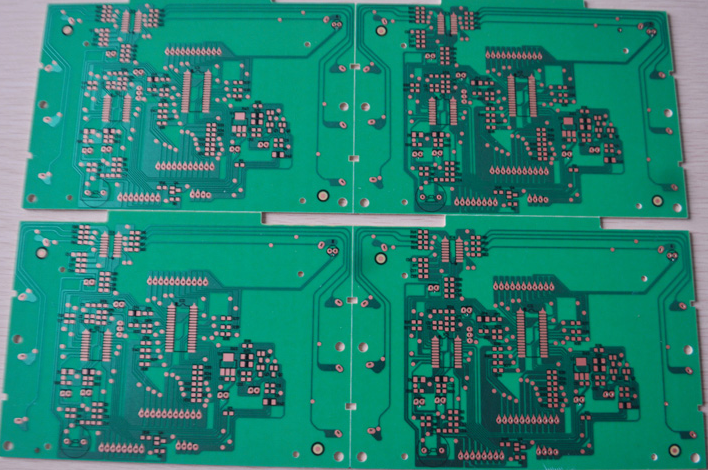We all know that "no rules can't make a circle", the same is true in technology, so what specifications should be paid attention to in PCB design?
1. PCB layout design specification
a. The distance from the edge of the board should be greater than 5mm =197mil
b. Place the components closely related to the structure first, such as connectors, switches, power sockets, etc.
c. Place the core components and larger components of the circuit function block first, and then place the surrounding circuit components centered on the core components
d. Place components with high power in a position that is conducive to heat dissipation
e. The components with larger mass should not be placed in the center of the board, and should be placed close to the fixed edge in the chassis
f. The components with high-frequency connections are as close as possible to reduce the distribution of high-frequency signals and electromagnetic interference
g. Keep input and output components as far away as possible
h. The components with high voltage should be placed as far as possible out of hand during debugging
i. Thermal components should be far away from heating components
j. The layout of adjustable components should be easy to adjust
k. Consider the signal flow direction and arrange the layout reasonably to keep the signal flow direction as consistent as possible
l. The layout should be uniform, neat and compact
m. SMT components should pay attention to the same pad direction as possible to facilitate assembly and soldering and reduce the possibility of bridging
n. The decoupling capacitor should be near the power input end
o. The component height of the wave soldering surface is limited to 4mm
p. For PCBs with components on both sides, larger and denser ICs, the plug-in components are placed on the top layer of the board, and the bottom layer can only be placed on smaller components and patch components with a small number of pins and loosely arranged.
q. It is especially important to add heat sinks to small-sized and high-heat components. Copper can be used to dissipate heat under high-power components, and there should be no heat-sensitive components around these components.
r. High-speed components should be as close to the connector as possible; the digital circuit and the analog circuit should be separated as much as possible, preferably separated by ground, and then grounded at a single point
s. The distance from the positioning hole to the nearby pad is not less than 7.62mm (300mil), and the distance from the positioning hole to the edge of the surface mount device is not less than 5.08mm (200mil)

2. PCB wiring specification design
a. The line should avoid sharp angles, right angles, and forty-five degrees of routing should be used
b. The signal lines of adjacent layers are orthogonal
c. High frequency signal as short as possible
e. Try to avoid adjacent parallel wiring for input and output signals, and it is best to add a ground wire between the wires to prevent feedback coupling
f. Double-panel power cord, the direction of the ground wire is best to be consistent with the data flow direction to enhance the anti-noise ability
g. Separate digital ground and analog ground
h. Clock lines and high-frequency signal lines should consider the line width according to the characteristic impedance requirements to achieve impedance matching
i. The whole circuit board is wired, and the holes should be evenly punched
j. Separate power layer and ground layer, power line and ground line should be as short and thick as possible, and the loop formed by power supply and ground should be as small as possible
k. The wiring of the clock should be less perforated, try to avoid running parallel with other signal lines, and should be far away from general signal lines to avoid interference with signal lines; at the same time, avoid the power supply part on the board to prevent the power supply and the clock from interfering with each other ; When there are multiple clocks with different frequencies on a circuit board, the two clock lines with different frequencies cannot run side by side; avoid the clock line close to the output interface to prevent the high-frequency clock from coupling to the output CABLE line and transmitting; such as a board There is a dedicated clock generation chip on it, and no wires can be routed under it. Copper should be laid under it, and if necessary, it should be specially cut off;
l. Pairs of differential signal lines are generally routed in parallel, with as few holes as possible. When holes are required, the two lines should be punched together to achieve impedance matching
m. The distance between the two solder joints is very small, and the solder joints must not be directly connected; the vias drawn from the mounting plate should be as far away as possible from the pads